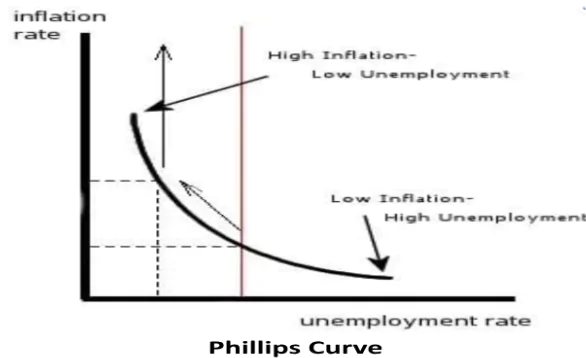![]() April 8, 2024
April 8, 2024
![]() 210
210
![]() 0
0
Producer Price Index (PPI) Vs Wholesale Price Index (WPI)
| Wholesale Price Index (WPI) | Producer Price Index (PPI) |
|
|
|
|
|
|
|
|
|
|
Consumer Price Index (CPI) Vs Producer Price Index (PPI)
| Consumer Price Index (CPI) | Producer Price Index (PPI) |
|
|
|
|
GDP Price Deflator = ( Nominal GDP ÷ Real GDP) x 100
OR
GDP Deflator = GDP at Current Prices/GDP at Constant Prices

Note
|
| Monetary Policy Measures | Fiscal Policy Measures | Other measures |
|
|
|
Monetary Policy
Fiscal Policy
Fiscal Stimulus
|
Important committees related to Inflation and their recommendations |
|
|
|
|
|
|
|
|
|
Urjit Patel Committee on Monetary Policy Reforms
|
|
| Must Read | |
| Current Affairs | Editorial Analysis |
| Upsc Notes | Upsc Blogs |
| NCERT Notes | Free Main Answer Writing |
| Related Articles | |
| Indian Economy: Evolution | Basics of Money |
| Banks in India | Financial Market |
| Indian Insurance Sector | Financial Inclusion |
<div class="new-fform">
</div>

Latest Comments